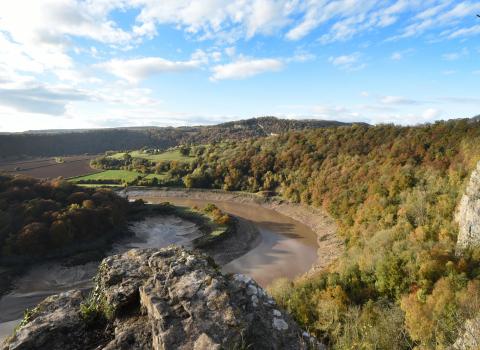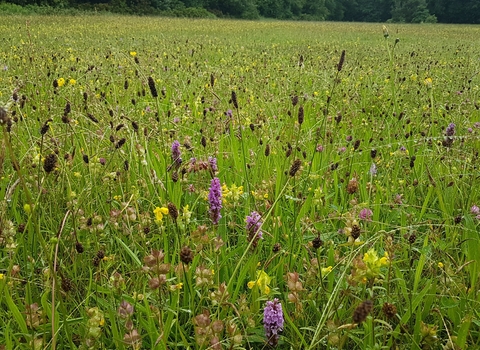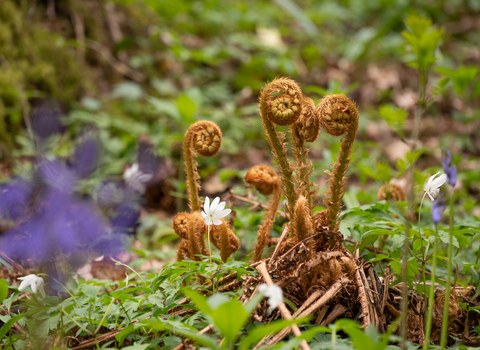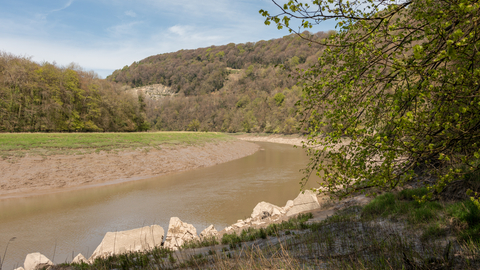
Ban-y-Gor - Nathan Millar
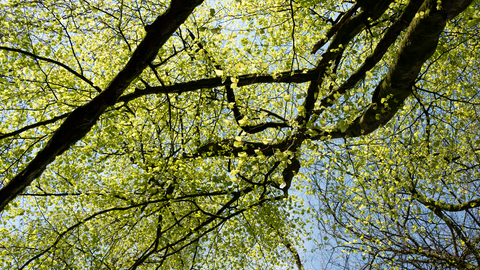
Ban-y-Gor - Nathan Miller
Location
Know before you go
Dogs
When to visit
Opening times
Open access throughout the yearBest time to visit
Throughout the yearAbout the reserve
Ban-y-Gor provides a secluded and mystical habitat with large ancient coppice and pollards carpeted with ferns and mosses. The tree canopy includes beech, ash, sessile oak, silver birch, and small-leaved lime. Yew is the dominant shrub, particularly beneath the beech trees, while field maple, hawthorn, holly and goat willow can also be found. Hazel coppice thrive amongst the wind blown trees, creating a great environment for dormice.
The conditions are damp and acidic, so the ground flora includes foxglove, woodruff, wild madder, great woodrush, wood sage and wood sorrel. The many ferns include hard shield-fern, hard fern, scaly male-fern and maidenhair spleenwort. Woodland flowers include bluebell and wood anemone.
This is an example of a self-sustaining woodland, with storm damaged trees left to decay in full form creating glades for new tree seed to germinate. Work in the woodland includes control of non-native tree species like sycamore, and brushcutting of the path and glades in autumn to allow early woodland wildflowers to flourish.

